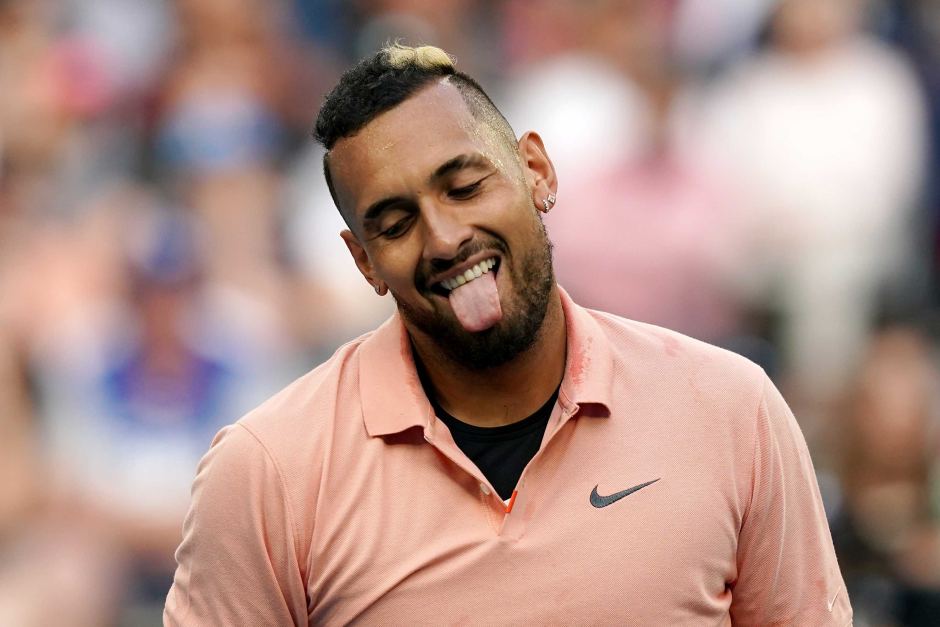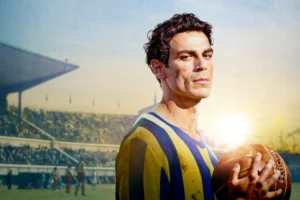Australia’s elite male tennis players have fallen short again.
Not since Mark Edmondson in 1976 has a local held aloft the Australian Open tennis trophy. Ash Barty — despite her semi-final exit in Melbourne Park — remains at the pinnacle of the women’s game.
Among men, Dylan Alcott has had a spectacular run of success in wheelchair tennis.
But on the ATP tour?
Not so much.
Looking back over four decades to the last golden era of Australian men’s tennis in the 1970s, the drought set in when Lleyton Hewitt dropped out of the top 10 some 13 years ago. The period in the early 1970s saw five Australian men in the top 10.
Around the turn of the millennium, Hewitt and Pat Rafter both reached the number one ranking, and even Mark Philippoussis snuck into the top 10.But since then? Love. The country’s two biggest hopes — Alex de Minaur and Nick Kyrgios — face historical hurdles in their quest to climb the rankings. Hewitt famously won the Adelaide ATP as a 16-year-old in 1998. De Minaur has been dubbed “little Lleyton”, given his tenacity, court speed and ability to extend points. With a ranking of 25, he is currently Australia’s second-highest ranked player, but spent a large portion of 2019 as our number one until injury ruled him out of the Australian Open. And the comparisons with Australia’s last men’s world number one are irresistible.
Hewitt has even become a mentor to his younger namesake. Of de Minaur, John Newcombe told Linda Pearce in December, “I’d have to be surprised if this time next year he’s not in the top 12 and possibly the top 10”.
Despite his rapid rise, Pat Cash and Philippoussis both climbed the rankings more quickly at a younger age than de Minaur. More worryingly, if the comparisons with Hewitt prove true, de Minaur may not have time on his side. Hewitt struggled with hip and foot injuries in his late 20s, linked to the physical toll inflicted by his style of play, and couldn’t again crack the top 10. De Minaur, who described an injury-riddled 2019 as “crazy” and “much harder than expected”, turns 21 this month.By that age, Hewitt was already world number one.
Is it too late for Kyrgios to reach number one?
The Canberran has long been criticised for failing to dedicate himself to the game, but his potential and style of play continues to excite the tennis community.
Philippoussis this week said he could win multiple grand slams. John McEnroe declared Kyrgios would be a top-five player “if he goes out there and competes”. And Pat Cash has said: “There’s no more talented player than Nick.”
Among active players who have cracked the top five however, almost all did so at an age younger than Kyrgios’s 24 years. And world number ones from the past four decades had in almost all cases cracked the top 10 by the age of 20. The one exception? That of Kyrgios’s countryman, Rafter.
A solid if unspectacular player early in his career, Rafter blossomed into a two-time US Open winner who also held the number one ranking.
Comparing Rafter’s trajectory with others who reached number one shows how much of an outlier he was … and if Kyrgios wants to be the world’s best, now is crunch time. But, then again, as Cash said this week:
“Some people can have success by breaking the rules, maybe Nick is one of those.”












